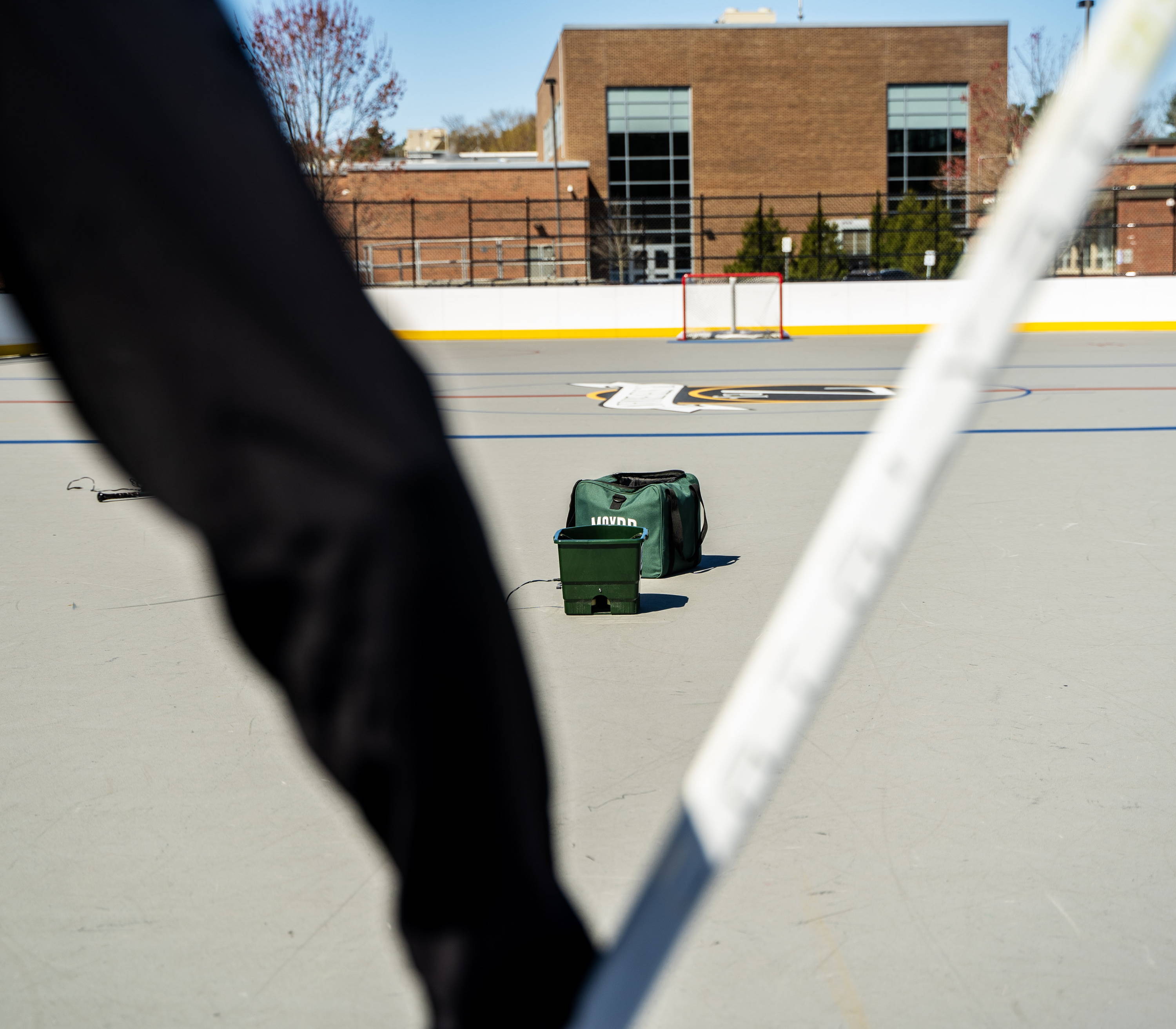While every position in hockey, and in just about every sport, requires strong vision and tracking skills, nowhere is it more apparent on the ice than with goaltenders. Goaltenders must perceive and react to split-second movement in order to make saves while tracking opposing players in their peripheral vision and positioning themselves to see through traffic at the net front.
As a result, honing and training those skills are essential to success in net, which directly translates into success for the whole team. Playing in front of a goaltender that you trust to make saves and keep the scoring low boosts a team’s confidence and allows for more aggressive play in all ends of the rink.
Don’t leave your netminder out to dry, of course, but know that they’ll make the right adjustments and allow you to focus on playing the full extent of your game.
In the pros, having an outstanding goaltender can be the difference between a good team and a great team. Strong net play can keep a team in a game where they’re being outgunned offensively or hold onto a tight lead in the waning minutes of a playoff game.
The 2022 Eastern Conference Finals between the New York Rangers and Tampa Bay Lightning highlighted two teams whose goaltenders are arguably their most important pieces.
Igor Shesterkin and Andrei Vasilevskiy are both elite netminders, boasting high save percentages against an onslaught of shots. Vasilevskiy has played a key role in back-to-back Stanley cups for the Lightning and at an imposing six-foot-three, fills the net while standing still, while the six-foot-one, Shesterkin has impeccable agility and reflexes, making consistent stops on “high-percentage” shots while limiting rebounds in front of his net.
Of the two, Shesterkin is much more integral to his team’s success. He faces an astonishingly high number of shots each night and when he plays poorly or is out for whatever reason, the Rangers typically lose.
Bottom line: goaltenders who can react in a split second and anticipate movement/shots go a long way towards helping their team win.
Goaltenders must train many of the same visual and reaction skills as forwards with perhaps even more emphasis on peripheral vision and incoming objects.
During the early months of the Covid-19 pandemic, a number of NHL goaltenders showcased their at-home training methods. A number employ tennis ball machines to practice catching and blocking while others practice juggling or do online vision training.
Sounds like it might be time to break out the MaxBP.
Using a pitching machine to practice making stops as a goalie seems like pure common sense; you don’t need another person to fire shots at you and you can adjust the machine to cover any shooting angle you might want to practice.
What the MaxBP adds to that equation is variability and versatility; the machine is adjustable to different heights, speeds, and angles, and can be used indoors or outdoors with no risk of damage.
Myself and other posters have chronicled how to use the MaxBP as a vision training tool and you can find drills listed under the visual training tab of Blog/News dropdown as well as the drills tab of the Videos dropdown.
For goaltenders specifically, you can start with the machine directly in front of you simply catching the wiffle balls in your glove and practicing batting them away with your blocker.
Once you’ve got a feel, adjust the speed or angle of the balls to force yourself to work a little bit harder to make the correct move. Take a page from the existing drills and focus on catching and blocking only blue and yellow balls, or NOT catching and blocking red balls.
If you’ve got access to two machines, set them both up at a slight angle on opposite sides of your net. Use different settings for each machine so as to avoid practicing a specific pattern and try to catch balls on your glove side and knock them away on your blocker side (see video from Ryan Harrison).
Goaltenders should expect to face a shot at any time, which means preparation for imperfect save opportunities is a must. Practice from the butterfly as well as standing upright, or set up the pitching machines at a more severe angle. Doing so will require additional movement and focused peripheral vision to cover both posts effectively.
As in all sports, you can’t expect your opponent to go easy on you; why should you go easy on yourself when preparing for a game? An average goaltender can block a shot from dead center with no one in the way; the best can take away that chance from just about anywhere on the ice.
If you do have a training partner, work on fighting through screens with them. Move in your crease to find the incoming projectile while they attempt to block your field of vision. Set up bright objects (i.e. cones, buckets, reflective gear) to distract your vision away from the wiffle balls. Let your partner train their deflection and second shot ability, getting their stick on the ball to angle it into the net, while you practice blocking those shots and turning aside rebounds.
Becoming a better goaltender, like just about everything, rests in how you prepare for game time. If you go easy on yourself, games may become an uphill battle; if you practice hard but don’t focus on the aspects of your game that need work, a moment can arise where you’ll wish you had those skills. Taking an all-encompassing approach to your training, mixing it up, making yourself sweat, will reap those rewards in the end.

